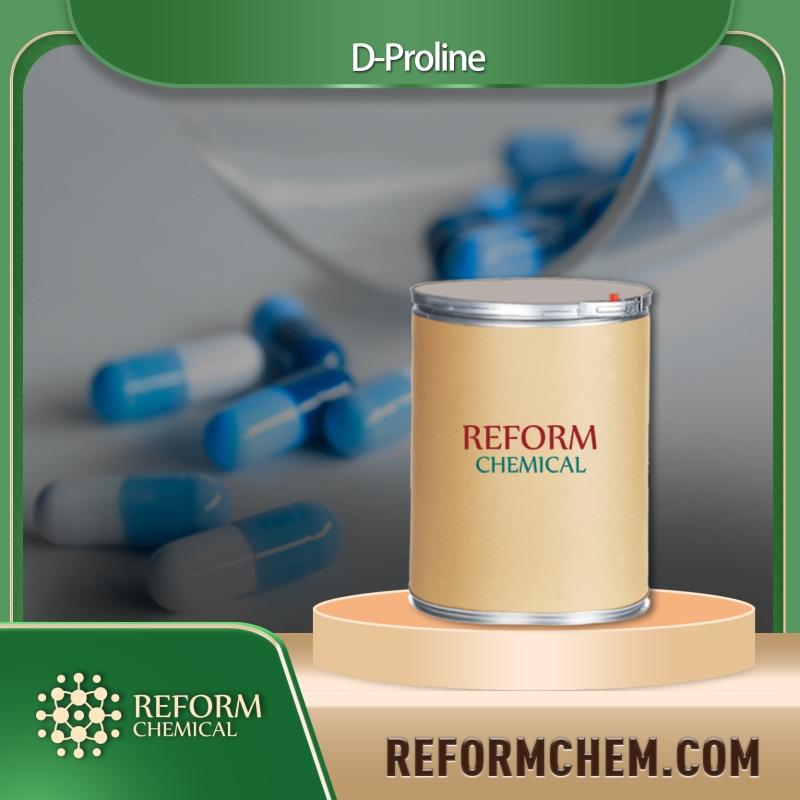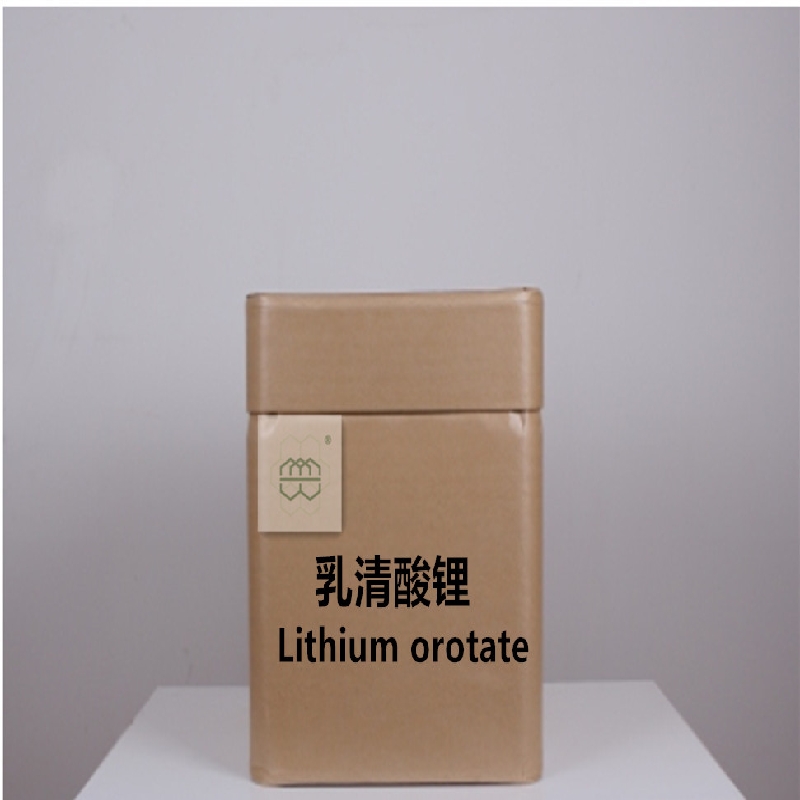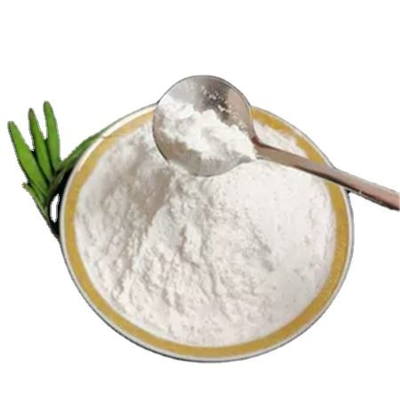-
Categories
-
Pharmaceutical Intermediates
-
Active Pharmaceutical Ingredients
-
Food Additives
- Industrial Coatings
- Agrochemicals
- Dyes and Pigments
- Surfactant
- Flavors and Fragrances
- Chemical Reagents
- Catalyst and Auxiliary
- Natural Products
- Inorganic Chemistry
-
Organic Chemistry
-
Biochemical Engineering
- Analytical Chemistry
-
Cosmetic Ingredient
- Water Treatment Chemical
-
Pharmaceutical Intermediates
Promotion
ECHEMI Mall
Wholesale
Weekly Price
Exhibition
News
-
Trade Service
The question of how far Ecuador can still push its production has become one of the most important issues
.
The most urgent in the global shrimp industry
.
According to Robins McIntosh, executive vice president of the Thai conglomerate Charoen Pokphand Foods, Ecuador is likely to more than double its current output within the next ten years
.
"When you look at these numbers, if you have 200,000 to 220,000 hectares of ponds, the yield of 1 million tons averages to only 4 tons per hectare per year," he said
.
"It's really low
.
Look at Thailand, it's more than 30 tons per hectare per year
.
"
.
"When you look at these numbers, if you have 200,000 to 220,000 hectares of ponds, the yield of 1 million tons averages to only 4 tons per hectare per year," he said
.
"It's really low
.
Look at Thailand, it's more than 30 tons per hectare per year
.
"
“So if they reach 6 tons per hectare per year, that would be 1.
2 million tons
.
Considering the way they operate the industry, this is very feasible,” he continued
.
To grow to a yield of 2 million metric tons, a production capacity of about 10 tons per hectare is required in a year, which is a bit tricky, but still reasonable
.
2 million tons
.
Considering the way they operate the industry, this is very feasible,” he continued
.
To grow to a yield of 2 million metric tons, a production capacity of about 10 tons per hectare is required in a year, which is a bit tricky, but still reasonable
.
He added: “The farming density here has become denser now.
I don’t know if this will bring them to an end
.
” “But I think if they continue their trend of intensification, they should be able to handle up to 1.
4 million with ease.
Tons, 1.
5 million tons of aquaculture, that is to add some aerators, automatic feeders, more technology and feed, better stocking of seedlings, and once again, improve the technical personnel who manage the industry
.
" At present, Ecuador According to the production data of the country, the country’s production has been increasing at a rate of approximately 150,000 tons per year, and senior people at CP Foods believe that there is no reason for this rate to decline in the short term, which means that the country’s output in 2022 is predicted to be about 1.
15 million tons
.
I don’t know if this will bring them to an end
.
” “But I think if they continue their trend of intensification, they should be able to handle up to 1.
4 million with ease.
Tons, 1.
5 million tons of aquaculture, that is to add some aerators, automatic feeders, more technology and feed, better stocking of seedlings, and once again, improve the technical personnel who manage the industry
.
" At present, Ecuador According to the production data of the country, the country’s production has been increasing at a rate of approximately 150,000 tons per year, and senior people at CP Foods believe that there is no reason for this rate to decline in the short term, which means that the country’s output in 2022 is predicted to be about 1.
15 million tons
.
He admitted that the Ecuadorian model is difficult to replicate in other countries, but he doubts whether Ecuadorian farmers can successfully open shrimp farms overseas
.
“What they have are those big ponds, they can make money, and they have less than 15 shrimps per square meter.
They do a good job,” he explained
.
"When you go to other countries, you have to develop a new pond, you have to buy land, which is more expensive
.
"
.
“What they have are those big ponds, they can make money, and they have less than 15 shrimps per square meter.
They do a good job,” he explained
.
"When you go to other countries, you have to develop a new pond, you have to buy land, which is more expensive
.
"
"It's difficult, it doesn't always adapt
.
" Production in other countries in the Americas tends to stagnate, which also shows that in Ecuador, a large land suitable for low-density, extensive shrimp farming, effective measures are not necessarily Applicable to other areas in the region
.
.
" Production in other countries in the Americas tends to stagnate, which also shows that in Ecuador, a large land suitable for low-density, extensive shrimp farming, effective measures are not necessarily Applicable to other areas in the region
.
"When you exceed 20-25 shrimps per square meter, you will reach the density used in other countries in the Americas
.
The pressure in these ponds is greater than what you find in Ecuadorian ponds, and pressure can cause disease.
Ecuador is lucky.
Not much
.
” This brings us back to the question: how far can Ecuador’s agricultural system grow before disease becomes a problem? He believes that it is unlikely that the country will begin to see an increase in disease control production before “an increase of 18 or more per square meter”, which means that there is still a huge potential to increase the harvest
.
.
The pressure in these ponds is greater than what you find in Ecuadorian ponds, and pressure can cause disease.
Ecuador is lucky.
Not much
.
” This brings us back to the question: how far can Ecuador’s agricultural system grow before disease becomes a problem? He believes that it is unlikely that the country will begin to see an increase in disease control production before “an increase of 18 or more per square meter”, which means that there is still a huge potential to increase the harvest
.
"They showed the potential of prawn farming, so I wouldn't be surprised if they could get closer to 2 million tons
.
" Ecuador won
.
Although Ecuador will become the world's largest shrimp producer in 2020, 2021 is also the first year that it has achieved the highest export value in the world, as the country continues to increase its value-added processing capacity
.
.
" Ecuador won
.
Although Ecuador will become the world's largest shrimp producer in 2020, 2021 is also the first year that it has achieved the highest export value in the world, as the country continues to increase its value-added processing capacity
.
According to the country’s latest value data, in the first 11 months of 2021, Ecuador has exported US$4.
54 billion worth of P.
vannamei, a year-on-year increase of 34%, especially in the United States, where its value increased by 81%
.
54 billion worth of P.
vannamei, a year-on-year increase of 34%, especially in the United States, where its value increased by 81%
.
Following the inability to enter the Chinese market in the lead shell shrimp in 2020 and the strengthening of customs controls by the Chinese authorities, Ecuador has begun to restore its original export model, which he described as "30/30/30, - in fact, 30% went to Asia, 30% % To the U.
S.
and 30% to Europe
.
"When there is no problem with the Chinese market, this is an easy market to sell
.
They offer very good prices, and they are positive, and they are in bulk and do not require a lot of processing
.
So as they increased production, they really didn't need to do much processing because they sold it to China
.
S.
and 30% to Europe
.
"When there is no problem with the Chinese market, this is an easy market to sell
.
They offer very good prices, and they are positive, and they are in bulk and do not require a lot of processing
.
So as they increased production, they really didn't need to do much processing because they sold it to China
.
"But today it looks like they are back to the 30/30/30 model, which is indeed a good model for them," he continued
.
"They have products to do this, and they are creating product formats
.
They are no longer just shipping to China in bulk, but into retail packaging that can be successfully distributed through other channels
.
"
.
"They have products to do this, and they are creating product formats
.
They are no longer just shipping to China in bulk, but into retail packaging that can be successfully distributed through other channels
.
"







